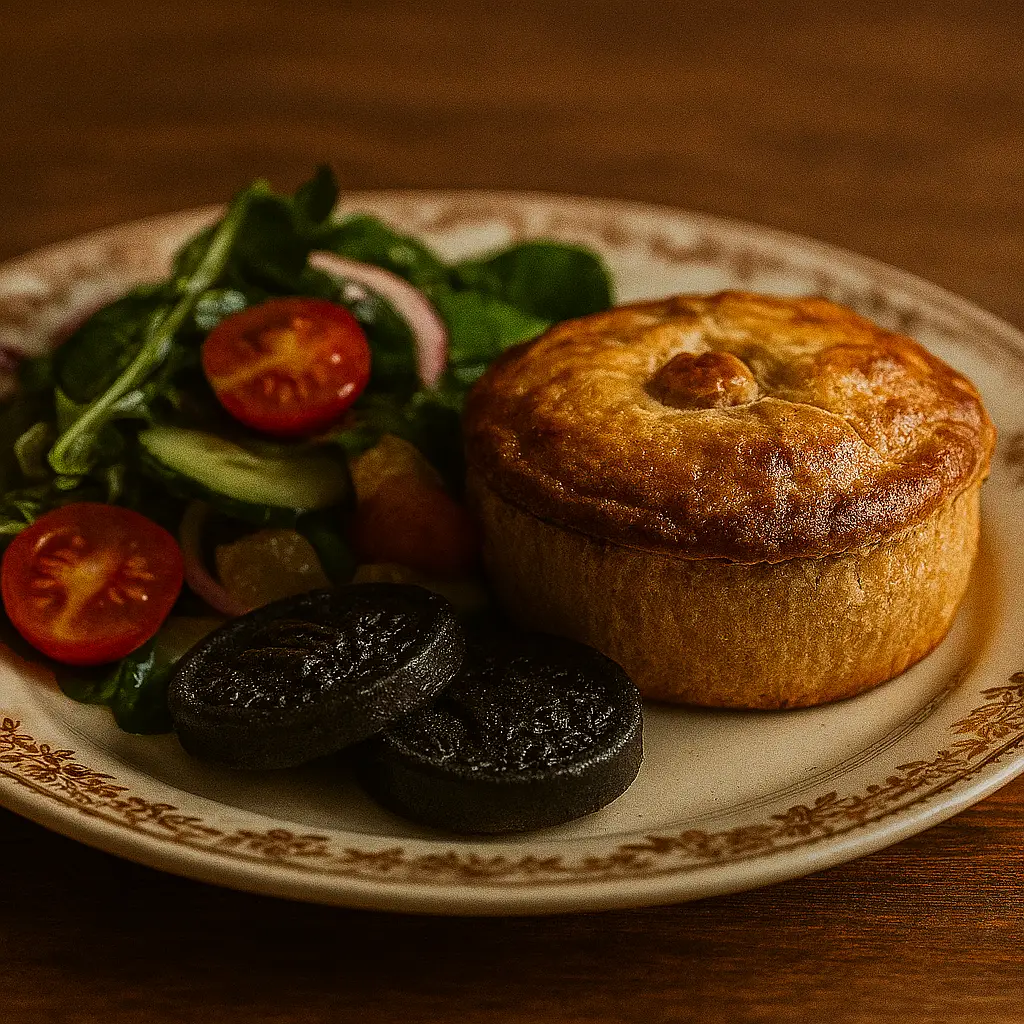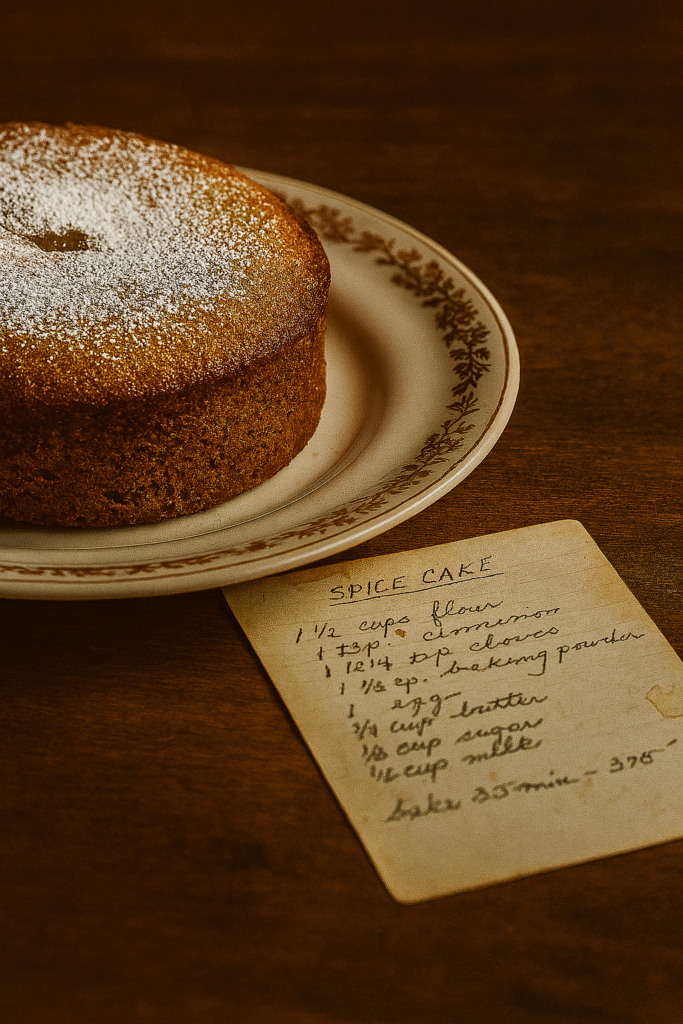
The Culinary Time Capsule : Why We’re Reviving Heritage Recipes
Every scratch on an old family cookbook page tells a story. In a world of fast food and fleeting trends, there’s a growing movement to reconnect with the past through food—specifically, by embracing heritage recipes revived for the modern table.
The desire to cook traditional recipes isn’t just about nostalgia; it’s about embracing sustainability, celebrating regional culinary roots, and preserving precious family history. These are the classic recipes that defined our grandparents’ lives, often born from necessity and resourcefulness, and now they are the hottest trend in our kitchens.
The Challenge of the Past : Why Old Recipes Need a Modern Twist
Grandma’s handwritten notes are charming, but they can be a nightmare to follow! Reviving heritage recipes often involves overcoming a few hurdles:
- Vague Instructions: Phrases like “cook until done” or “a knob of butter” don’t cut it for a modern baker! We need precise measurements and oven temperatures.
- Ingredient Availability: Many original recipes rely on seasonal or hyper-local ingredients that are hard to find today.
- Dietary Shifts: Traditional dishes are often very heavy, relying on large amounts of fat and sugar. Modern cooks seek lighter, healthier adaptations.
This is where the true recipe revival begins: by adapting these old-fashioned recipes with today’s techniques and ingredients.
Three Iconic Heritage Recipes Being Revived
Modern chefs and home cooks are breathing new life into forgotten classics. Here are three examples of traditional recipes gaining new popularity:
1. The Great British Pudding : From Suet to Steam
- The Original: Heavy, boiled puddings like Jam Roly-Poly or Spotted Dick, which traditionally relied on suet and hours of stovetop boiling.
- The Revival: Modern versions maintain the steamed, comforting texture but substitute the suet for lighter vegetable fats or butter. The cooking time is often slashed using a slow cooker or instant pot, making a weeknight treat out of a Sunday afternoon project.
2. The Classic Savoury Pie : Lighter Fillings, Flakier Crusts
- The Original: Simple, rustic loaves and cakes born from necessity, like Parkin (a sticky ginger cake made with oatmeal and treacle) or Bara Brith (a Welsh fruit bread).
- The Revival: The current artisan bread movement has brought back these historical bakes. Home cooks are exploring different heritage grains, using sourdough or natural yeasts to add complexity, and elevating the simple bakes with high-quality preserves and spices.
How to Revive Your Own Family Heirloom
Ready to start your own recipe revival? Here is your step-by-step guide to adapting that treasured old family recipe:
- Decipher the Language: Transcribe the recipe, replacing archaic terms (“a good half hour”) with specific times and measurements.
- Modernise the Fat: Swap out lard or suet for measured amounts of unsalted butter or a plant-based fat alternative.
- Lighten the Sugar: Reduce the sugar by 20-30% and compensate with natural flavour enhancers like spices (cinnamon, nutmeg) or fresh lemon zest.
- Embrace New Tech: Think about how an air fryer, instant pot, or stand mixer could simplify a previously long or laborious process.

Conclusion : Cook Your Legacy – Preserving the Past, One Dish at a Time
Reviving heritage recipes is a deeply satisfying act of cultural preservation. By adding your own modern twist, you are not erasing history—you are continuing a family legacy and ensuring these delicious classic family dishes can be enjoyed for generations to come.
Which forgotten family favourite will you unearth and revive this weekend?
[Call to Action & Affiliate Opportunity] Feeling inspired? We love using modern, high-quality [Ingredient/Cookware Niche Keyword] to make our heritage recipes shine.
🔗 Shop Our Recommended Heritage Cookware & Baking Tools
